Geo Barcan: clickhere: Difference between revisions
Geo Barcan (talk | contribs) No edit summary |
Geo Barcan (talk | contribs) No edit summary |
||
| Line 38: | Line 38: | ||
<p style="margin-left: 80px;"><span style="font-size:18px;"><span style="color:#FFFFFF;"><span style="font-family:georgia,serif;">Before the internet era, producers were investing a lot of money into advertisements, which were made by highly skilled teams, whose expertise was centered around triggering the audience's desire to buy unnecessary goods. </span></span></p> | <p style="margin-left: 80px;"><span style="font-size:18px;"><span style="color:#FFFFFF;"><span style="font-family:georgia,serif;">Before the internet era, producers were investing a lot of money into advertisements, which were made by highly skilled teams, whose expertise was centered around triggering the audience's desire to buy unnecessary goods. </span></span></p> | ||
<p style="margin-left: 80px;"><span style="font-size:18px;"><span style="color:#FFFFFF;"><span style="font-family:georgia,serif;">In order to build the consumer's trust and encourage consumption, some companies advertised their obviously unhealthy products as nutritious, essential or unharmful (see for example, cereal and cigarettes ads).</p> | |||
<p style="margin-left: 80px;"><img alt="" src="https://media3.giphy.com/media/l0K40kFK0oge6LOcE/giphy.gif?cid=ecf05e47mtspdd6721zzco0b2msk708fxht6n8wxny9m5bzi&rid=giphy.gif" style="height: 300px; width: 300px;" /></p> | <p style="margin-left: 80px;"><img alt="" src="https://media3.giphy.com/media/l0K40kFK0oge6LOcE/giphy.gif?cid=ecf05e47mtspdd6721zzco0b2msk708fxht6n8wxny9m5bzi&rid=giphy.gif" style="height: 300px; width: 300px;" /></p> | ||
Revision as of 15:55, 5 March 2021
THE METHOD NEWS
get your most accurate daily news here
EUROPE WORLD WEATHER SPORT LIFESTYLE VIDEO FOLLOW US GAMES CONTACT
Today we are having a look at our most favorite ads
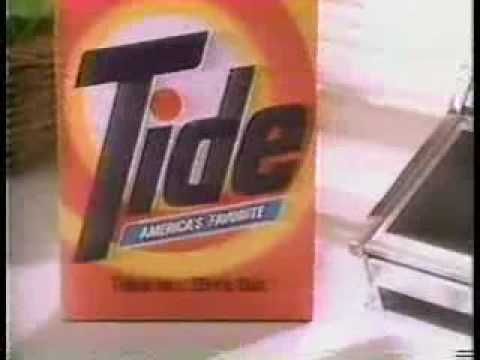
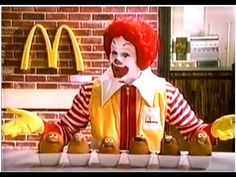
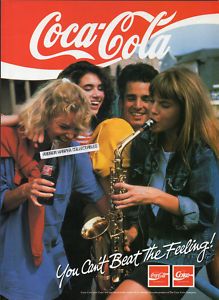
At the start of the 20th century, mass produced prints and pictures made possible the increase and widespread of ads, especially since the circulation of newspapers accelerated. But it wasn't until the televised campaigns that ads gained a more seductive, luring format.
According to Marshall McLuhan: "Since the advent of TV, the exploitation of the unconscious by the advertiser has hit a snag. (...) The sensory tolerance of the audience has changed, and so have the methods of appeal by the advertisers. (...) Ads are not meant for conscious consumption. They are intended as subliminal pills for the subconscious in order to exercise an hypnotic spell, especially on sociologists." (1964, 228)
Before the internet era, producers were investing a lot of money into advertisements, which were made by highly skilled teams, whose expertise was centered around triggering the audience's desire to buy unnecessary goods.
In order to build the consumer's trust and encourage consumption, some companies advertised their obviously unhealthy products as nutritious, essential or unharmful (see for example, cereal and cigarettes ads).
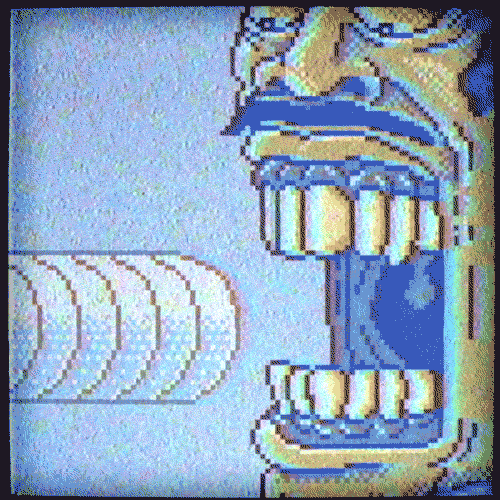



![]()
![]()
![]() START FRESH
START FRESH![]()
![]()
![]()
!!!CLICK HERE!!!
WOW SHOCKING NEWS:
Mark Fisher has been thinking that ALL THAT IS SOLID MELTS INTO PR
